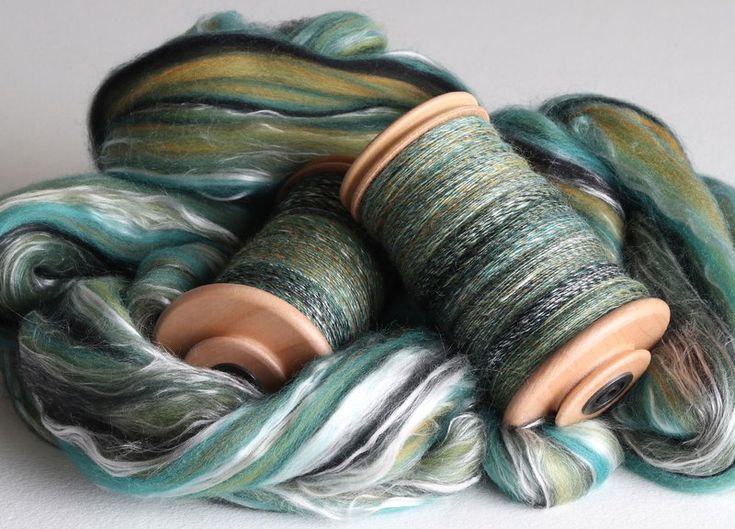In the textile industry, the use of natural fibers has long been celebrated for their comfort, sustainability, and versatility. However, blending these fibers with other natural or synthetic materials can enhance their properties, making them even more valuable for a variety of applications. Natural fiber blends offer a balanced combination of comfort, durability, and aesthetic appeal, making them a popular choice for both fashion and home textiles.
This comprehensive guide explores the different types of natural fiber blends, their benefits, and how they can be used to create high-quality, versatile fabrics.
Understanding Natural Fiber Blends
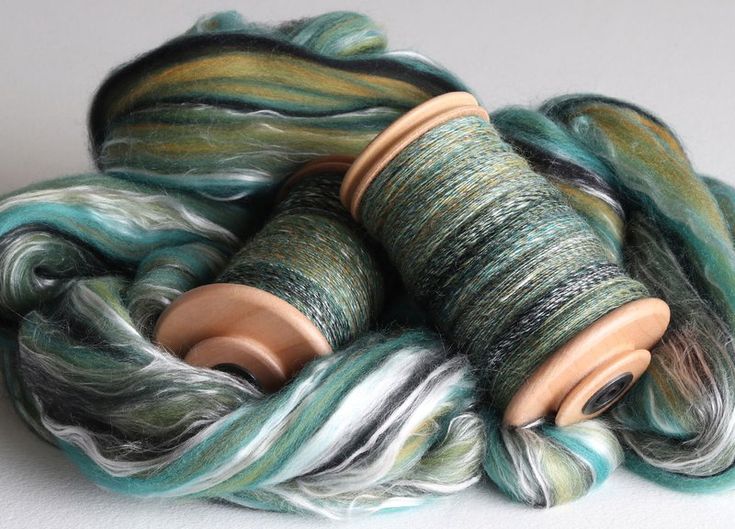
Natural fiber blends are created by combining two or more natural fibers, or a mix of natural and synthetic fibers, to leverage the best qualities of each. These blends are designed to enhance specific characteristics, such as strength, breathability, texture, and ease of care. The right blend can transform a fabric, making it suitable for a wide range of uses, from luxurious garments to durable upholstery.
Popular Natural Fiber Blends
Here are some of the most common natural fiber blends and their unique characteristics:
1. Cotton-Linen Blend
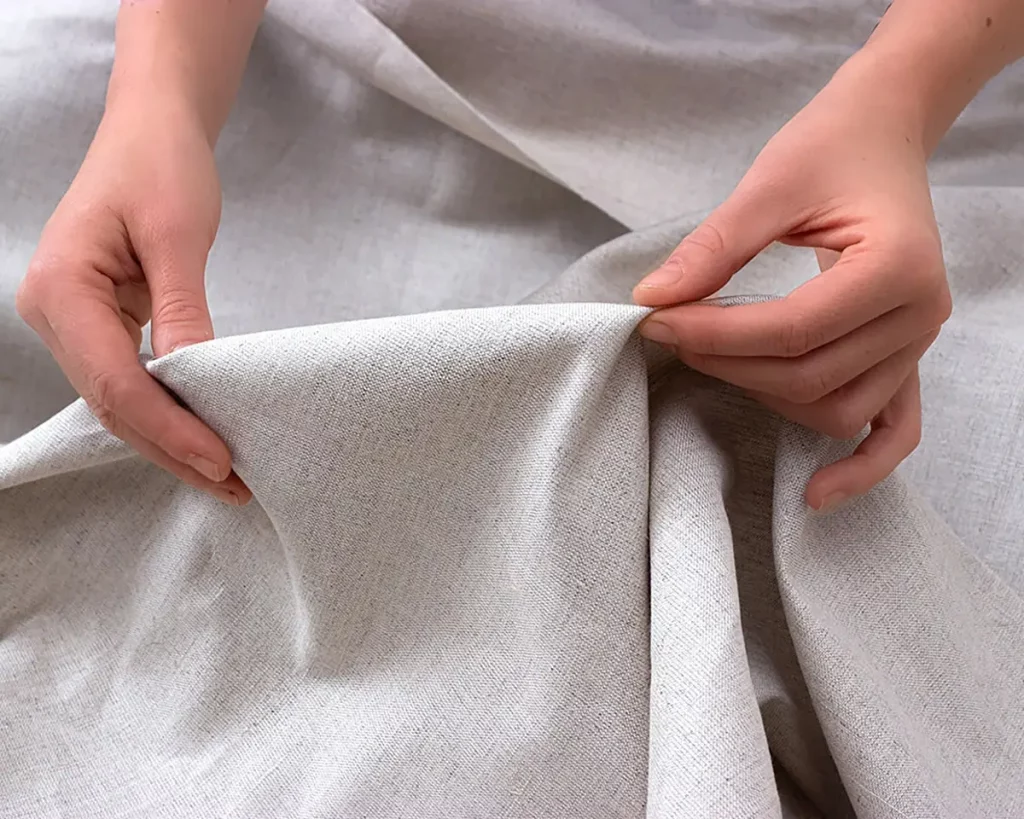
- Properties: Cotton-linen blends combine the softness of cotton with the strength and breathability of linen. Linen is known for its durability and coolness, while cotton adds softness and reduces the wrinkle-prone nature of pure linen.
- Applications: This blend is ideal for summer clothing, bedding, and lightweight home textiles, offering a perfect balance of comfort and functionality.
2. Wool-Silk Blend
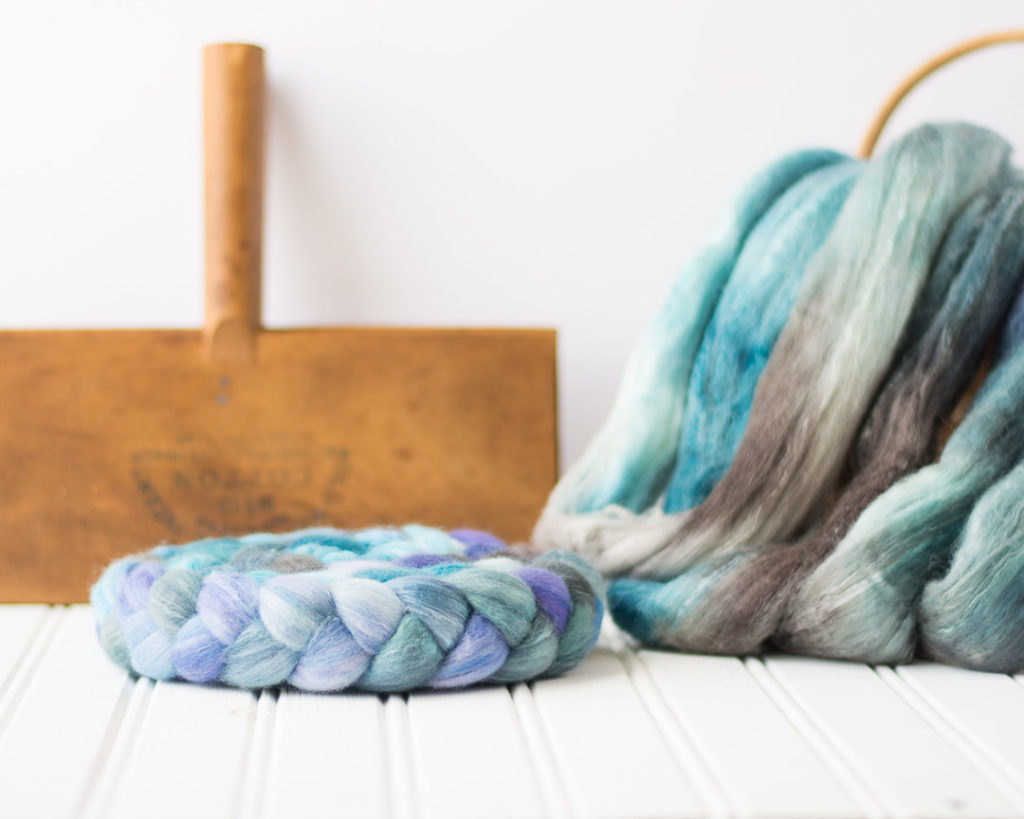
- Properties: Wool and silk create a luxurious blend that is warm, soft, and has a natural sheen. Wool provides insulation and durability, while silk adds a smooth texture and elegant luster.
- Applications: This blend is commonly used in high-end fashion, including suits, dresses, and scarves, as well as in luxurious home textiles like throws and cushions.
3. Cotton-Wool Blend

- Properties: Cotton-wool blends offer the warmth of wool with the softness and breathability of cotton. This combination creates a fabric that is warm yet lightweight, making it versatile across different seasons.
- Applications: This blend is popular in knitwear, outerwear, and blankets, providing comfort and warmth without the bulk.
4. Hemp-Cotton Blend
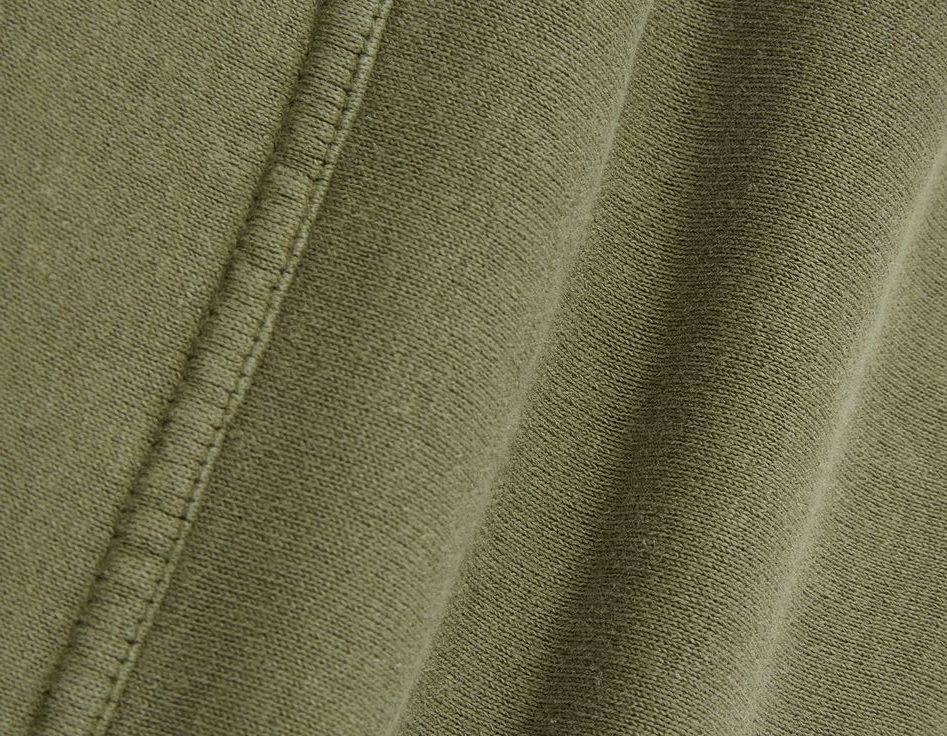
- Properties: Hemp is an eco-friendly fiber known for its strength and resistance to mold, while cotton adds softness and ease of care. Together, they create a durable, breathable fabric that is also environmentally friendly.
- Applications: This blend is used in a variety of applications, from casual clothing and accessories to eco-conscious home textiles.
5. Bamboo-Cotton Blend
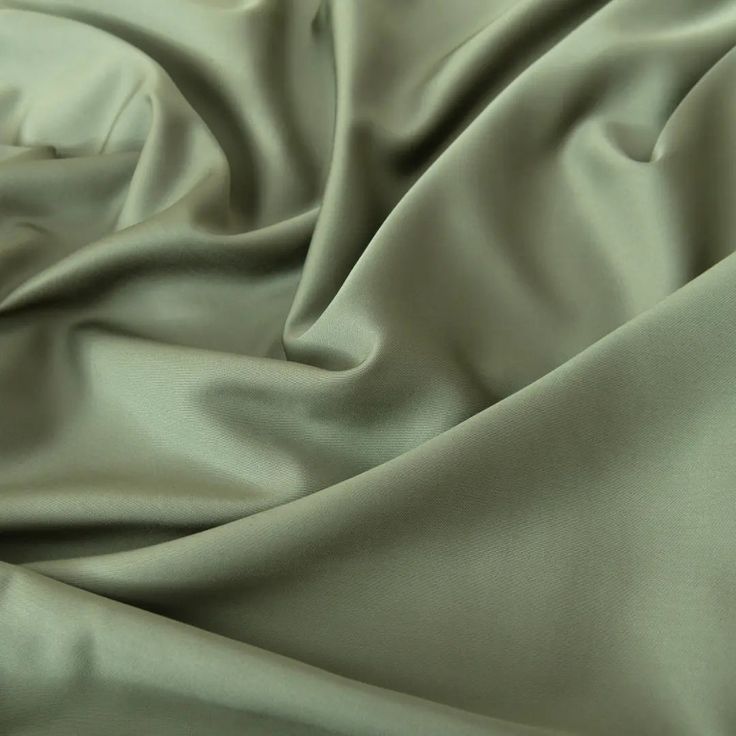
- Properties: Bamboo is prized for its softness, breathability, and antimicrobial properties. When blended with cotton, it creates a fabric that is exceptionally soft, absorbent, and easy to care for.
- Applications: Bamboo-cotton blends are ideal for towels, bed linens, and activewear, where comfort and moisture management are key.
The Benefits of Natural Fiber Blends
1. Enhanced Durability
Blending natural fibers often results in a fabric that is more durable than a single-fiber material. For example, a cotton-linen blend is stronger and less prone to wear and tear than pure cotton or linen alone.
2. Improved Comfort
Natural fiber blends can offer superior comfort by combining the best properties of each fiber. For instance, a wool-silk blend is both warm and soft, making it ideal for garments that are worn close to the skin.
3. Versatility
Blended fabrics are versatile and can be tailored to specific needs. Whether you need a lightweight summer fabric or a warm winter material, natural fiber blends can be customized to suit different climates and uses.
4. Sustainability
Many natural fiber blends, such as hemp-cotton or bamboo-cotton, are more sustainable than synthetic fabrics. These blends often use eco-friendly fibers that require less water, pesticides, and energy to produce, contributing to a lower environmental impact.
For a deeper comparison between natural and synthetic fibers and their properties, explore our blog on Natural vs. Synthetic: A Comparison of Fabric Properties.
The Role of Synthetic Fibers in Blends
While natural fibers offer many benefits, blending them with synthetic fibers can further enhance their performance. For instance, adding a small percentage of polyester to a cotton blend can improve the fabric’s durability, wrinkle resistance, and elasticity. Understanding the role of synthetic fibers in these blends is crucial for creating fabrics that meet specific functional requirements.
To learn more about synthetic fibers and their characteristics, check out our blog on Understanding Synthetic Fibers: Types, Characteristics, and Applications.
Choosing the Right Blend
When selecting a natural fiber blend, it’s important to consider the intended use of the fabric. Factors such as climate, comfort, durability, and care requirements should guide your choice. For a more comprehensive understanding of different fabric types and their production, refer to our blog on A Guide to Fabric Types and Their Production.
Conclusion: Embracing the Versatility of Natural Fiber Blends with Locofast
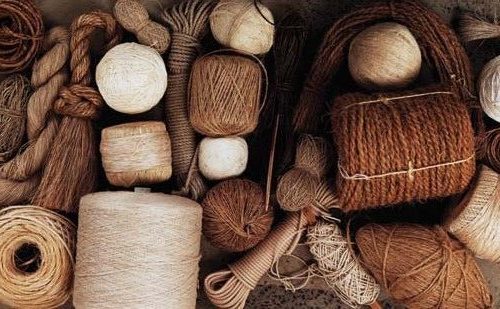
Natural fiber blends offer a unique combination of comfort, durability, and sustainability, making them an excellent choice for a wide range of textile applications. Whether you’re looking for luxurious fashion fabrics or eco-friendly home textiles, understanding the properties of different blends can help you make informed decisions.
At Locofast, we provide a wide selection of high-quality natural fiber blends to meet your textile needs. Our commitment to sustainability and innovation ensures that you have access to the best materials for your projects. Visit Locofast today to discover how we can support your journey in creating versatile, durable, and eco-friendly textiles.
